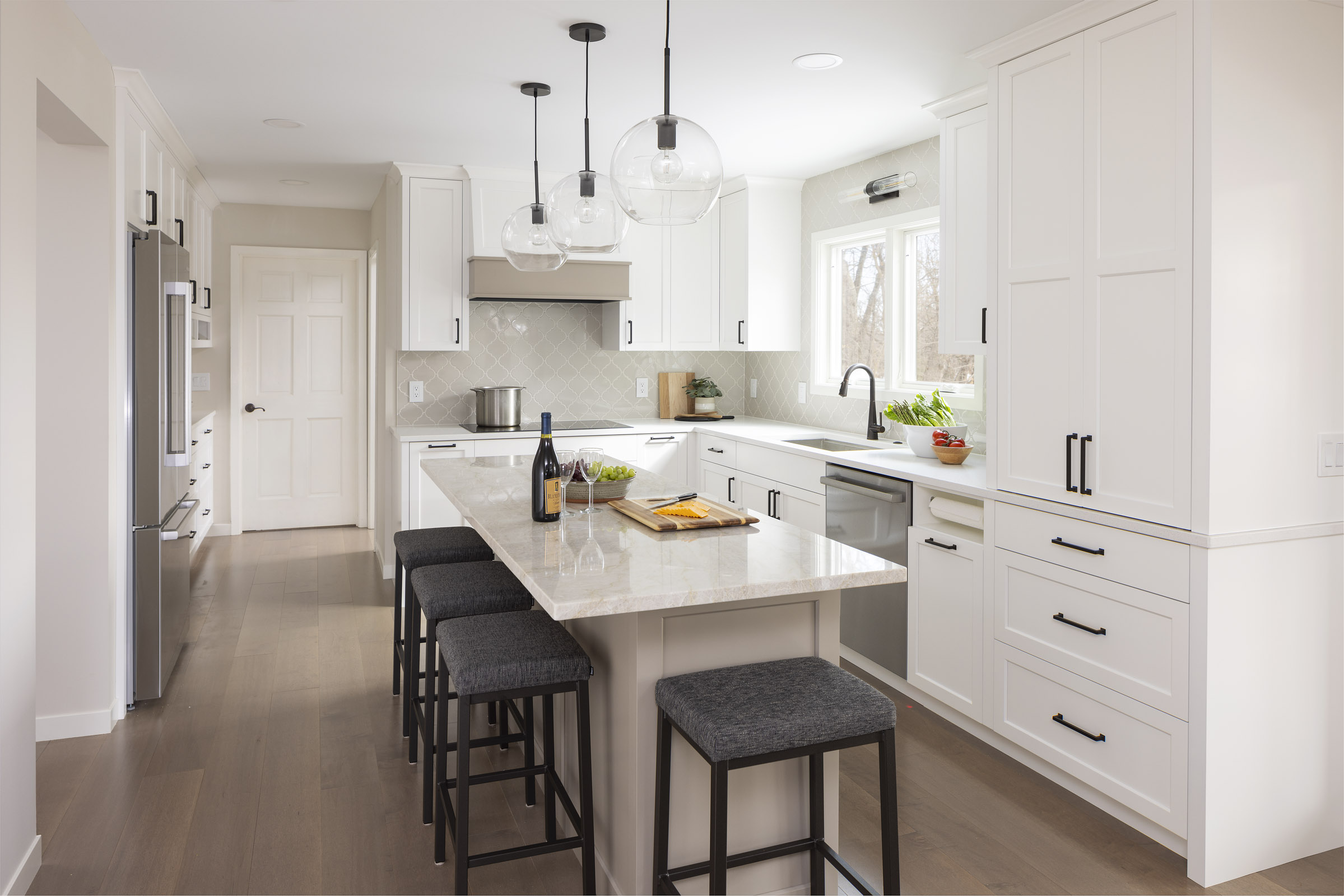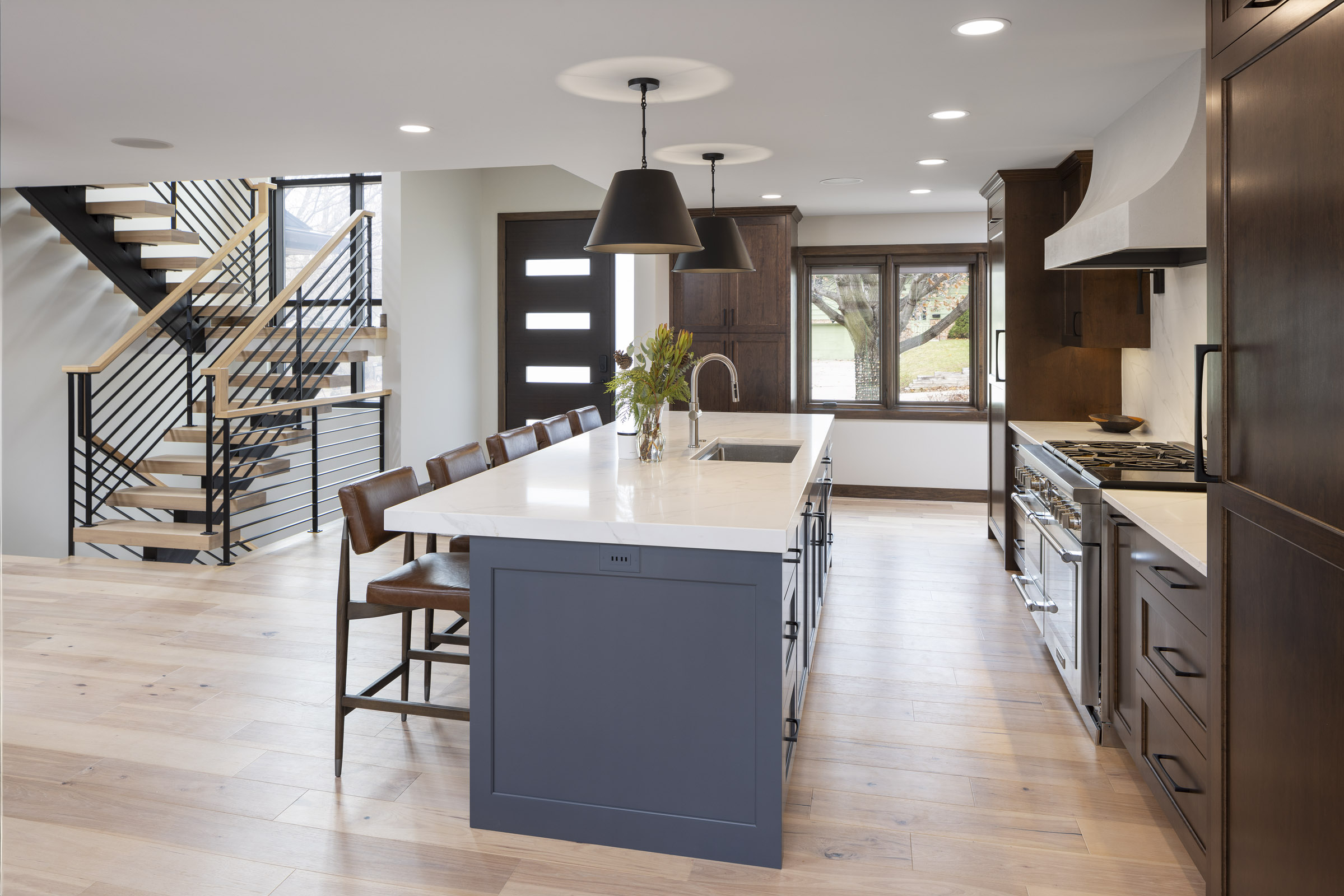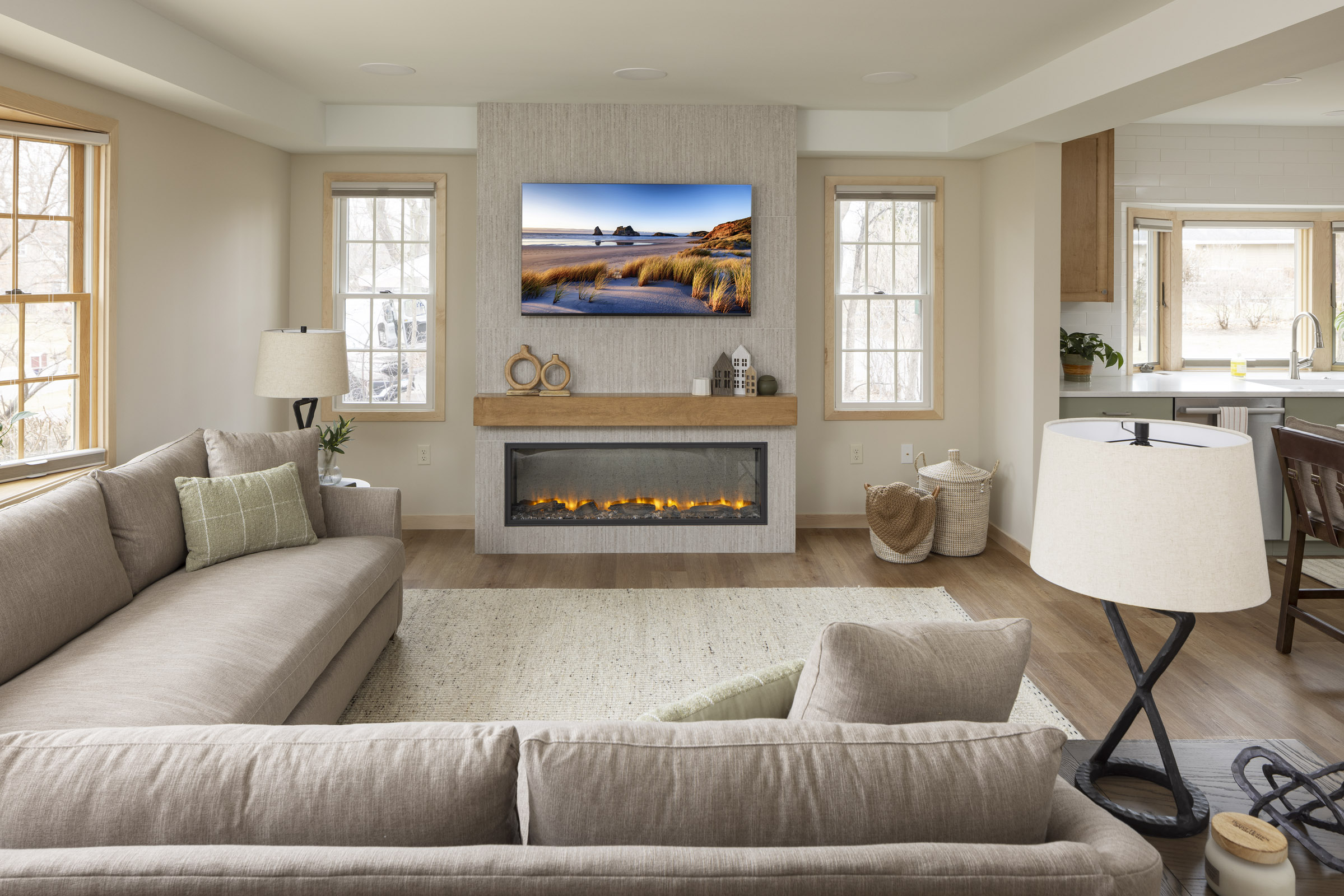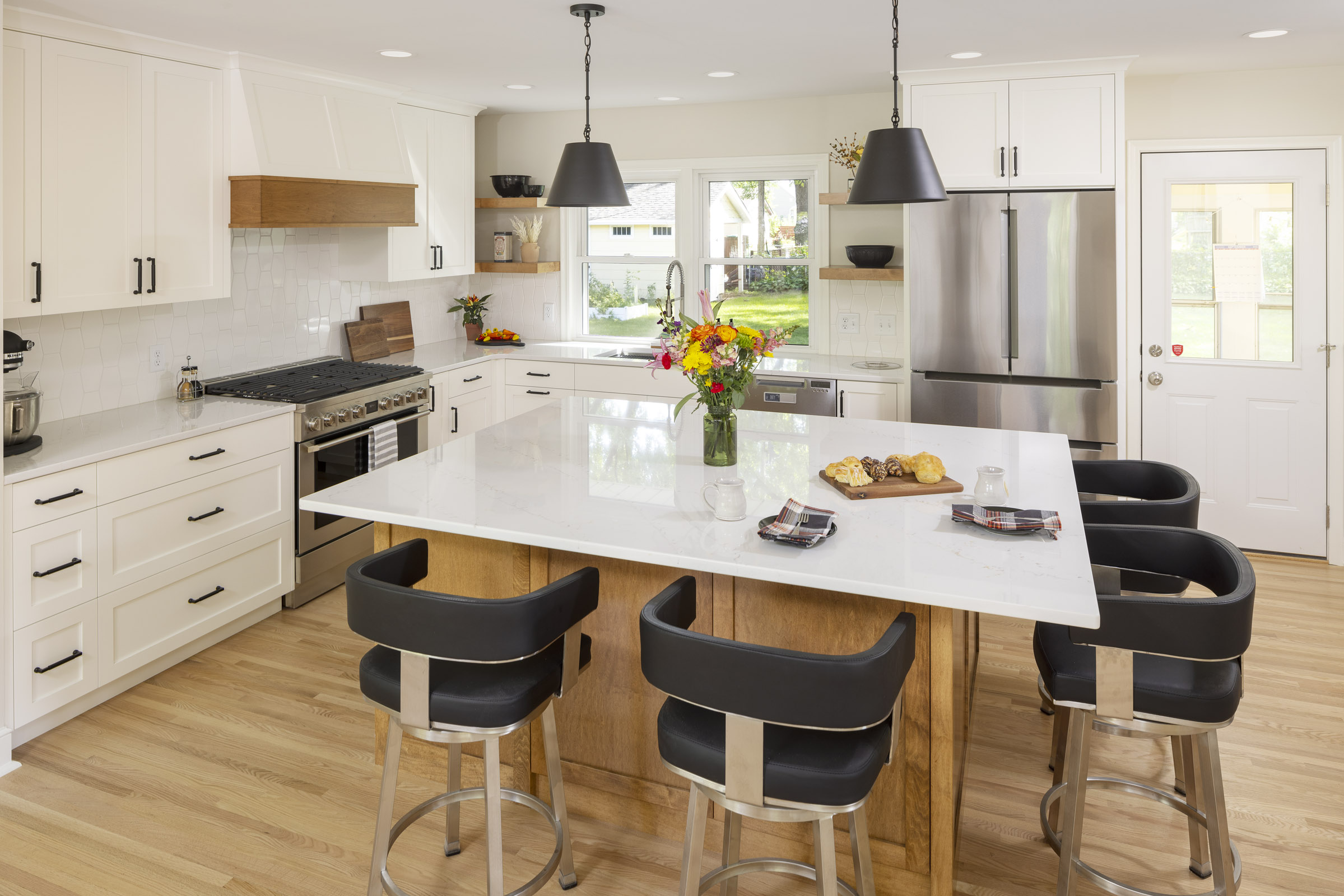We are proud to be featured in Midwest Design Magazine’s recent story, “Navigating the Uncertainty and Opportunity of Tariffs.” The article explores how builders and remodelers are adapting to today’s unique market challenges to continue delivering exceptional results for clients.
We were honored to contribute our perspective. A special thank you to author Katelyn for her insightful work in pulling together different voices to find the common thread in our industry’s response.

“What I appreciated most was seeing how the story connected the dots between different professionals. It shows that while we all have our unique approaches, we share a collective commitment to quality and ingenuity for our clients.”
Andrew Schmidt, CEO, AMEK Design +Build

By Katelyn Bloomquist, Midwest Design Editor-in-Chief
Introduction To Tariffs Impact On Twin Cities’ Remodelers
The design-build industry faces distinct challenges—and, perhaps surprisingly, new opportunities—with the recent introduction of tariffs on goods and materials professionals rely on every day. But tariffs and trade policy remain a moving target, and the design-build industry is feeling the ripple effects in real time. As of this writing, new tariffs on key materials like steel, aluminum, and certain finished goods have been introduced, expanded, and even paused—with more under review.
With that said, the resulting cost increases, challenges, and supply chain disruptions vary by market, material, and timing—making it unrealistic to offer blanket predictions or resulting implications. What follows is a snapshot of how some Twin Cities professionals are navigating the uncertainty, knowing full well that the landscape could shift again tomorrow.

AMEK Design + Build’s Approach to Tariffs & Educating Clients
Andrew Schmidt, owner and CEO of Bloomington-based AMEK Design + Build, echoes many of Schirber’s sentiments. By addressing the issue early through clear, real-time pricing communication, Schmidt helps clients contextualize tariff impact. Remodeling, he notes, is less reliant on imported goods, with only about 7% of their materials coming from abroad. “Even a 25% tariff on lumber adds only around $2,500 to $4,500 on a $150,000 project,” Schmidt says. “That’s a 1.5-3% bump—well within the range of what we see in typical cost changes from year to year. When we walk clients through these numbers, it shifts the tone of the conversation from concern to confidence.” Like Schirber, he also finds client hesitations are more often rooted in broader economic anxiety. To help ease financial concerns, AMEK has increasingly offered phased remodeling options, allowing homeowners to move forward at their own pace. “While we have always offered phased remodeling, it’s becoming a more popular option,” Schmidt says. “Clients still want quality, but they’re prioritizing essentials now and planning future phases later. We’ve also noticed homeowners with low mortgage rates are more inclined to stay put and remodel instead of moving—especially with higher interest rates and fewer new homes available.”
Remodeling Offers Financial Opportunities
“Tariffs have created some minor disruptions, but they’re not the real story: fear is,” Schmidt says. “The media narrative often overstates the impact, which causes clients to pause unnecessarily. Our role has been to cut through that noise, provide grounded advice, and help clients make wise decisions. Ironically, this season has created opportunity—labor costs are softening, subcontractors are more available, and savvy clients are locking in value. For us, the focus is less on reacting to tariffs and more on educating through them.”
For more perspective, here is the full Midwest Design article.



